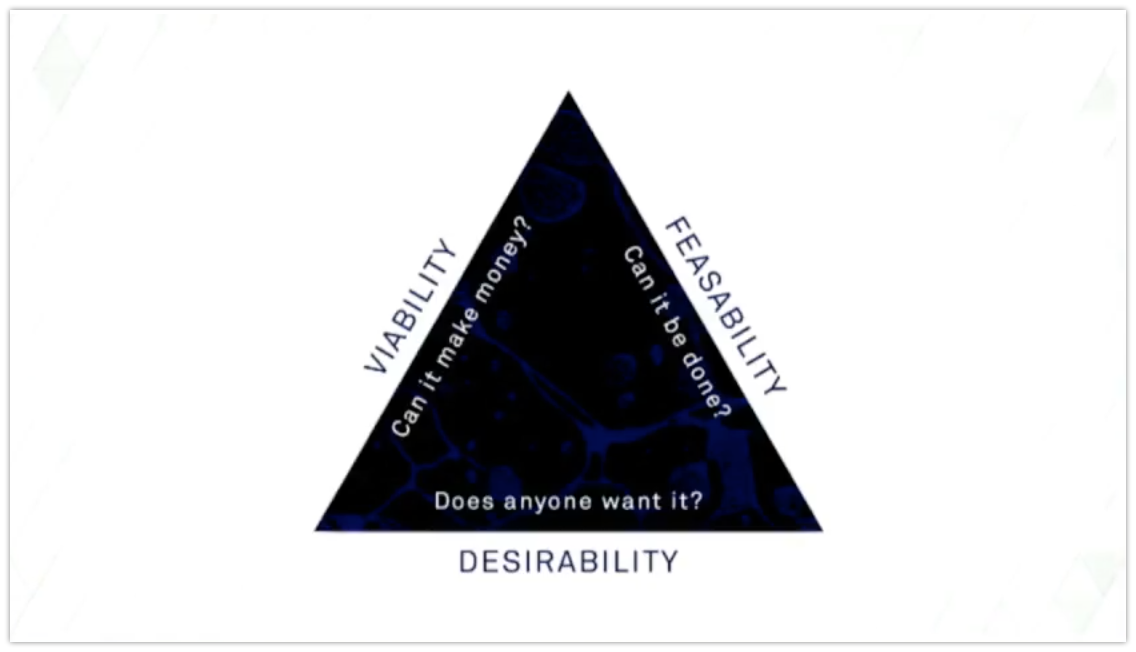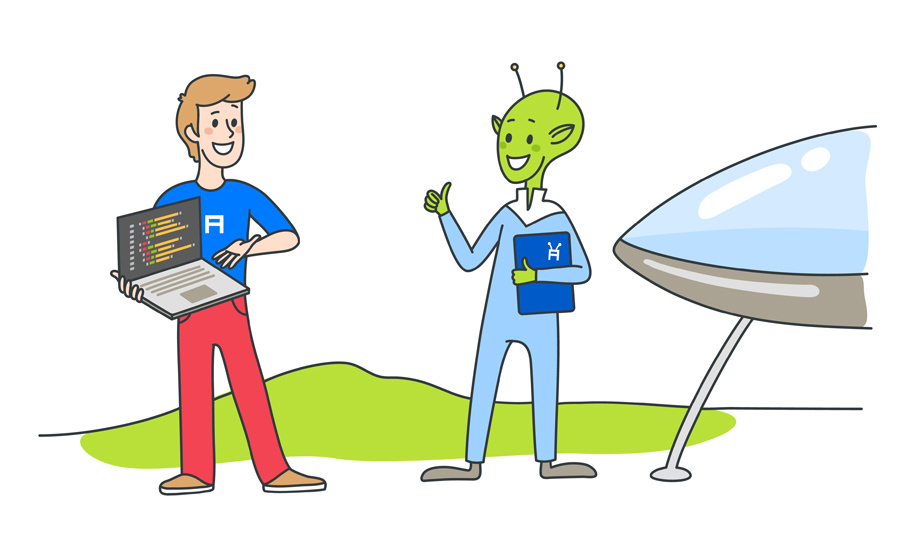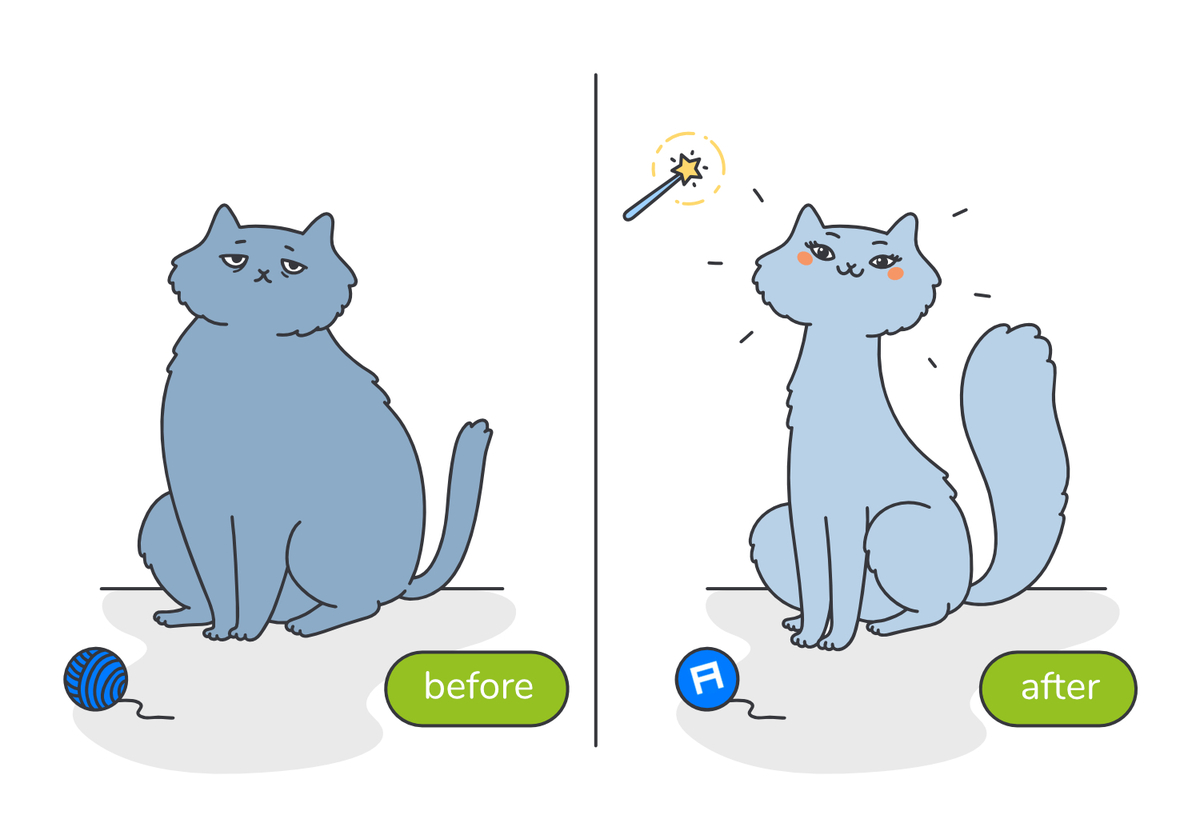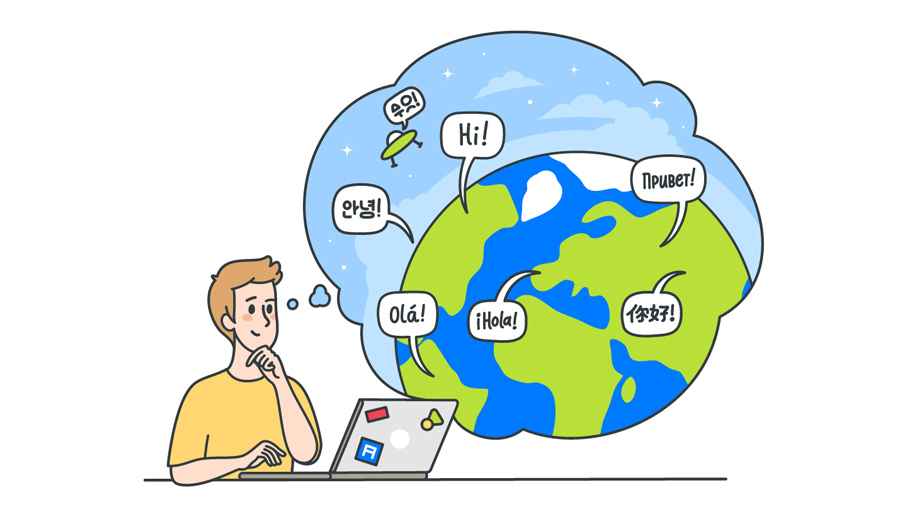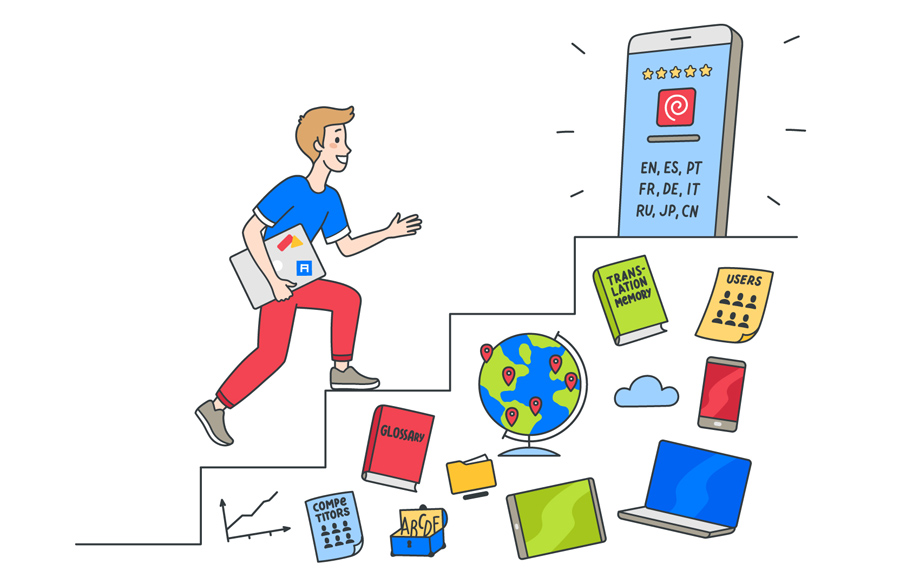The art of prioritization in product management
Product management runs on choices. What to develop next, what to put on hold, and what to discard altogether. Getting these choices right steers products toward success. It's more than just a list; it's understanding needs, managing resources, and aligning with the company vision. Prioritization is, without a doubt, a major skill for any product manager.
For most of us, the daily challenge is juggling plenty of tasks, features, and stakeholder requests. But not all demands carry the same weight. It's easy to get swayed by the loudest voice in the room or the most recent email in the inbox, but these aren't necessarily what the product or the users need most urgently.
To get it right in product management, we need the right tools and approaches. Let's see what it takes to nail prioritization.
Key challenges in prioritization
As I noted before, in product management, facing various and often unpredictable challenges is part of the job. However, deciding which tasks to prioritize can be especially confusing, and here are a few factors to consider.
1. Changing customer demands: Customers are the heart of any product, and their needs and desires can evolve rapidly. One day, a feature might be all the rage; the next, it's old news. For instance, a messaging app might find its users clamoring for dark mode due to its increasing popularity across platforms. Adapting to these shifting demands requires constant observation and a readiness to pivot.
2. Evolving market trends: The broader market can influence product decisions as much as individual user feedback. If there's a sudden surge in voice-activated technologies, products that don't incorporate voice features might find themselves left behind. Staying attuned to the market means continuous research and the agility to tweak your product roadmap accordingly.





